- This event has passed.
Sylvain CARRE (Université Paris-Dauphine), “Banks as Liquidity Multipliers”
The Macroeconomics Seminar:
Time: 12:15 pm – 13:30 pm
Date: 04th of October 2021
Room : 1002
Sylvain CARRE (Université Paris-Dauphine), “Banks as Liquidity Multipliers”
Abstract : “Banks hold large amounts of high-quality liquid assets while relying predominantly on deposit funding. The return on these assets is often lower than the cost of deposits. Why do banks engage in such a negative carry trade? Using a novel observation on global games, we build a tractable model where banks manage liquidity risk by adjusting the size of their short-term liabilities and of their liquid reserves consisting of safe, liquid government bonds. Banks are the natural buyers of government bonds because holding these assets enables them to “multiply liquidity”: using one unit of bonds to back more than one unit of short-term debt while keeping their liquidity risk unchanged. How much more is measured by the slope of an endogenous iso-risk curve. This liquidity multiplier is key to understand a bank’s joint choice of leverage and liquid reserves and how these decisions connect to the pricing of liquid assets. In turn, this provides an explanation of the negative carry puzzle”
Joint work : Damien KLOSSNER (Swiss National Bank)
Organizers:
Gregroy CORCOS (Polytechnique-CREST)
Sponsors:
CREST
The Macroeconomics Seminar:
Time: 12:15 pm – 13:30 pm
Date: 04th of October 2021
Room : 1002
Sylvain CARRE (Université Paris-Dauphine), “Banks as Liquidity Multipliers”
Abstract : “Banks hold large amounts of high-quality liquid assets while relying predominantly on deposit funding. The return on these assets is often lower than the cost of deposits. Why do banks engage in such a negative carry trade? Using a novel observation on global games, we build a tractable model where banks manage liquidity risk by adjusting the size of their short-term liabilities and of their liquid reserves consisting of safe, liquid government bonds. Banks are the natural buyers of government bonds because holding these assets enables them to “multiply liquidity”: using one unit of bonds to back more than one unit of short-term debt while keeping their liquidity risk unchanged. How much more is measured by the slope of an endogenous iso-risk curve. This liquidity multiplier is key to understand a bank’s joint choice of leverage and liquid reserves and how these decisions connect to the pricing of liquid assets. In turn, this provides an explanation of the negative carry puzzle”
Joint work : Damien KLOSSNER (Swiss National Bank)
Organizers:
Gregroy CORCOS (Polytechnique-CREST)
Sponsors:
CREST
